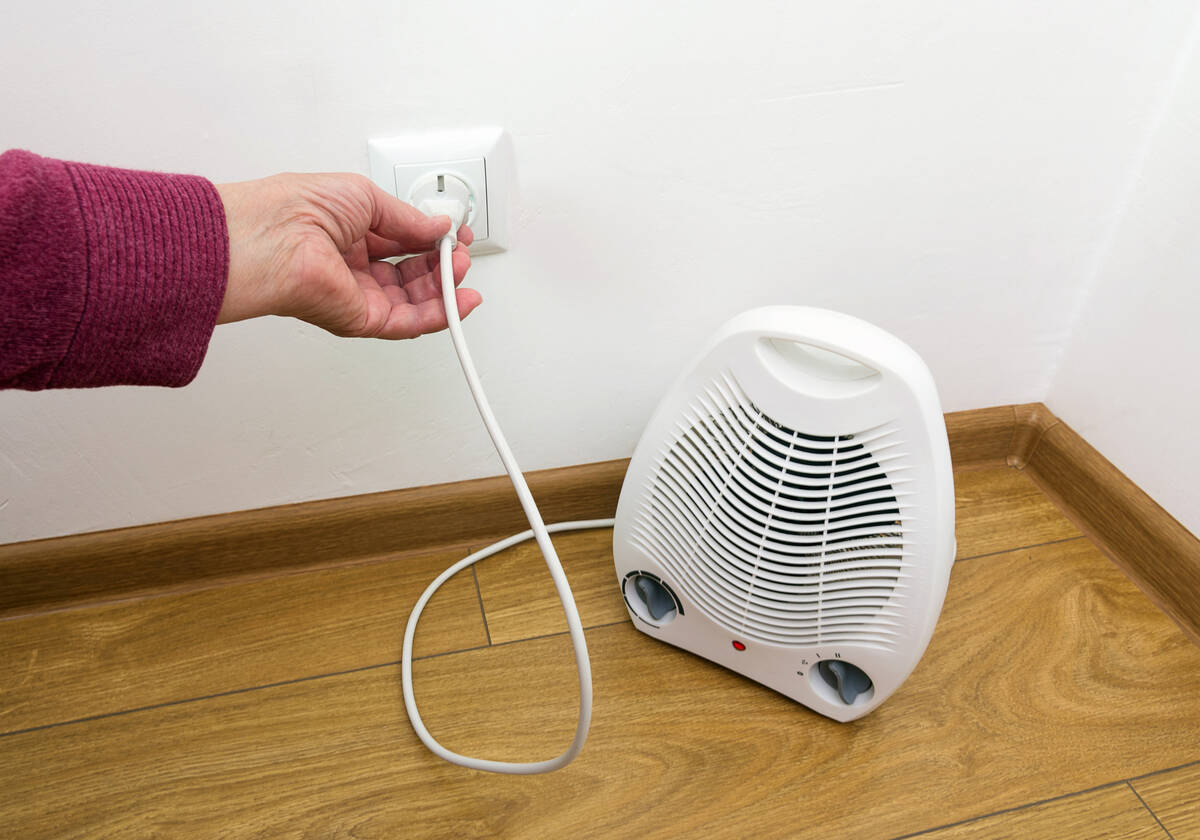How to prepare your home for the winter
After the record-breaking heat Nevada received this summer, it’s time to unpack the windbreakers and start preparing to turn on the heat as the winter breezes start to roll in.
Nye County is diverse in ecosystems, as in Pahrump the high could be 66 degrees, while in Tonopah temperatures would be 49 degrees. And the lows are already below freezing in some parts of the county.
As the overnight lows get below 32 degrees, pipes begin to freeze and burst while outdoor plants are damaged by the freezing temperatures. Nye County officials want residents to begin to prepare their homes for the cold temperatures to come.
Here’s how residents can prepare for the winter.
Home prep
Now is the time to go around the house to check for any gaps where outside air can get between window and door weatherstripping. The county recommends to keep the cold air out of home out by reapplying caulk to those areas.
Another tip for homeowners is to insulate the walls and attic of their homes. If homeowners can see the joist in their attics, more insulation might be helpful.
For exposed water pipes, it is recommended that homeowners wrap the pipe in insulation, foam, or a layer of newspaper with plastic wrap around it to keep out moisture. Turn off outdoor sprinkler systems, wrap or cover hose bibs and other exposed elements of the sprinkler system, like an irrigation box and valves.
Appropriate insulation materials can be found at a local hardware store.
For homeowners with pools, when temperatures are forecast to reach near-freezing or freezing temperatures, it is recommended to run the water circulation system in the pool to prevent the pipes from freezing and insulate the exposed pipes.
Also, it is encouraged to fence off the pool to prevent kids and pets from drowning.
Safe heating
There are many heating devices on the market that can keep families safe, but if misused could cause life-threatening risk.
It is important for homeowners to read manufacturer’s guidelines for a heating product like a space heater. Space heaters should not be operated using an extension cord. Also, do not forget to unplug a space heater when not in use.
Any flammable items must be kept three feet away from heating equipment, such as a furnace or space heaters.
If a home is using a fireplace to keep warm, ensure that it has been cleaned and inspected each year. A fireplace should have open dampers to allow for smoke and unsafe gasses to be released safely.
It is recommended to never use a portable generator, grill, camp stove or other gasoline, propane, natural gas or charcoal-burning device inside the home. These items should only be used outside and away from the home as the carbon monoxide can make it inside the home through vents, doors and windows.
To ensure that there is not an unsafe level of carbon monoxide, install carbon monoxide alarms in the home.
It is encouraged to keep a safety bag in case the power goes out that includes a flashlight and blankets. Frostbite is possible anytime body parts are exposed to below freezing temperatures for long periods of time. It is recommended to stay dry and warm by wearing warm, loose-fitting and lightweight clothing in layers.
Wool and synthetic fibers like polypropylene will insulate better than cotton. Another tip is to also look for water-repellent and tightly-woven fabrics.
If someone is experiencing symptoms of frostbite or hypothermia, seek medical attention immediately.
Frostbite areas can appear pale and cause loss of feeling in body extremities.
Symptoms of hypothermia can appear in uncontrollable shivering, slurred speech, drowsiness and exhaustion.
To monitor weather conditions in your region, visit the National Weather Service’s website at www.weather.gov.
Contact Jimmy Romo at jromo@pvtimes.com. Follow @JimmyRomo.News on Instagram.

















